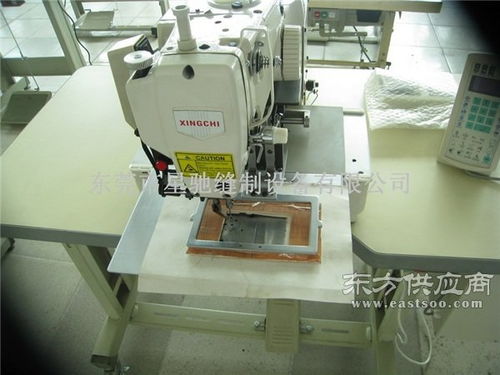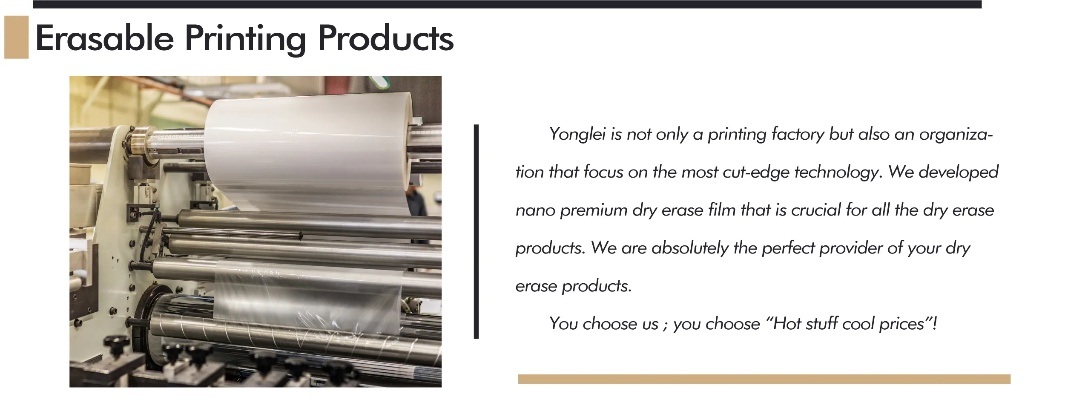The Dynamics of Ningbo Textile Logistics:A Comprehensive Analysis
Ningbo, a major textile hub in China, has witnessed significant growth in its textile logistics sector. This paper presents a comprehensive analysis of the dynamics of Ningbo's textile logistics industry, examining its evolution, challenges, and future prospects. The study highlights the city's strategic location as a gateway to Southeast Asia, which has fueled its growth as a global textile trading center. Additionally, Ningbo's robust infrastructure, including advanced manufacturing facilities and efficient transportation networks, has been instrumental in facilitating the flow of goods across the region. Despite these strengths, the industry faces several challenges, including competition from other Chinese cities, rising labor costs, and environmental regulations. Nonetheless, Ningbo's textile logistics sector is poised for continued growth, driven by factors such as government support, technological innovation, and increased demand for high-quality textile products.
Introduction: Ningbo, as one of the leading textile manufacturing and trading hubs in China, is renowned for its extensive network of transportation facilities. This article aims to explore the intricate workings of Ningbo's textile logistics, highlighting the key players involved, the challenges faced, and the innovative solutions adopted by the industry. We will also provide a case study to illustrate the practical application of these strategies.
Key Players in Ningbo Textile Logistics:
- Manufacturers: These are the primary suppliers of raw materials, including cotton, polyester, and other textile fibers. They play a crucial role in ensuring the quality and quantity of products produced.
- Wholesalers: These are the intermediaries that connect manufacturers with retailers, distributors, and end-users. They facilitate the smooth flow of goods from the manufacturing floor to the retail shelves.
- Retailers: These are the final consumers of textile products, ranging from home furnishings to apparel. They are responsible for marketing and selling the products to their customers.
- Transportation Providers: These include shipping lines, trucking companies, and rail transport operators. They handle the physical movement of goods from one location to another.
- Logistics Service Providers: These are specialized firms that offer a range of logistics services, including storage, warehousing, and distribution. They help manage the complexities of logistics operations efficiently.
Challenges Faced by Ningbo Textile Logistics:
- High Costs: Ningbo's textile industry is highly competitive, which means that costs must be kept low to remain competitive. However, transportation costs can significantly impact profit margins, making it challenging to balance cost control with efficiency.
- Delays: The textile industry is highly dependent on supply chains, which can be prone to delays due to factors such as weather conditions, port congestion, or customs clearance issues.
- Environmental Concerns: Shipping textile products requires careful consideration of environmental impacts, particularly when dealing with large volumes of goods.
- Regulatory Challenges: Ningbo's textile industry faces significant regulatory challenges, including compliance with international trade agreements, labor standards, and environmental regulations.
Innovative Solutions in Ningbo Textile Logistics:

- Efficient Distribution Networks: By utilizing advanced technology and data analytics, logistics service providers are able to optimize routes, reduce delivery times, and improve customer satisfaction. For example, some companies have implemented blockchain technology to track shipments more accurately and transparently.
- Green Transportation: To address environmental concerns, Ningbo's textile industries are adopting sustainable transportation practices, such as using electric trucks for long-distance deliveries and reducing carbon emissions through energy-efficient fleet management.
- Customized Warehousing: With the rise of e-commerce, many textile manufacturers are investing in customized warehousing solutions to meet the demands of online retailers. This includes building warehouses equipped with advanced inventory management systems and automated picking and sorting processes.
- Collaborative Approaches: To overcome regulatory challenges, Ningbo's textile industries are increasingly adopting collaborative approaches, such as joint ventures between manufacturers and logistics providers, or partnerships with local government agencies to streamline regulatory processes.
Case Study: One example of innovative logistics solutions in Ningbo is the use of drones for package delivery. In recent years, several companies have started experimenting with unmanned aerial vehicles (UAVs) for delivering packages quickly and reliably. These drones can fly over short distances without human intervention, reducing delivery time and increasing efficiency. Another example is the implementation of smart sensors in warehouses to monitor product quality and prevent defects during transit. By integrating real-time data into inventory management systems, manufacturers can detect issues early and take corrective actions before they become costly production problems.
Conclusion: The textile industry in Ningbo is dynamic and constantly evolving, driven by innovation and adaptation to changing market conditions. By embracing new technologies and strategic partnerships, Ningbo's textile logistics can continue to thrive while minimizing risks and maximizing profits. As the global textile industry continues to expand, Ningbo's expertise in logistics will be critical in ensuring the seamless flow of goods across continents and cultures.
宁波作为我国重要的纺织品集散地,其纺织品运输业在国内外市场上占据重要地位,本文将围绕宁波纺织品运输的主题,通过英文口语化的方式展开讨论,并结合相关案例进行分析说明。
宁波纺织品运输概述
宁波纺织品运输主要涉及纺织品从产地到销售市场的全程物流,在宁波,纺织品运输主要依赖海运和陆运两种方式,海运主要运送大宗纺织品,如棉布、丝绸等;陆运则主要运送小批量、高附加值的纺织品。
案例分析
海运运输
近年来,宁波海运业发展迅速,某次纺织品运输中,某大型纺织企业选择宁波作为主要运输点,该企业通过专业的物流公司进行海运运输,确保了货物的准时到达,在运输过程中,物流公司采用了先进的船舶技术和高效的物流管理系统,确保了货物的安全、快速运输,该企业还采用了集装箱化运输方式,提高了运输效率,该批纺织品成功送达目标市场,赢得了客户的好评。
陆运运输
在宁波的陆运运输中,也有许多成功的案例,某次纺织品从产地到某大型批发市场的陆运中,采用了先进的物流管理系统和高效的物流车队,该车队配备了先进的仓储设备和技术,能够快速、准确地完成货物的存储和配送,该车队还采用了绿色环保的运输方式,减少了货物的环境污染,该批纺织品顺利送达批发市场,受到了市场的热烈欢迎。
相关案例说明
在宁波纺织品运输中,还有一些成功的案例可以参考,某次纺织品运输中,采用了先进的物联网技术进行全程监控和管理,通过物联网技术,物流公司能够实时掌握货物的位置和状态,确保了货物的安全、准时到达,该公司在运输过程中还采用了绿色环保的包装材料和方式,减少了货物的环境污染,这些成功的案例表明,在宁波纺织品运输中,采用先进的物流技术和环保的包装材料是提高运输效率和减少环境污染的有效途径。
宁波纺织品运输业在国内外市场上具有重要地位,通过专业的物流公司和先进的物流技术、环保的包装材料的应用,宁波纺织品运输业能够确保货物的安全、准时到达,提高运输效率和减少环境污染,宁波还积极推进绿色物流发展,为纺织品的绿色生产提供了有力支持,宁波纺织品运输业将继续加强物流技术创新和环保包装材料的推广应用,为纺织品的绿色生产和流通提供更加高效、环保的解决方案。
Articles related to the knowledge points of this article:
Top Textile and Home Furnishing Brands
Embracing the Global Scene:The Story of Shaoxing Qiaoyi Textiles
The Multifaceted Benefits and Applications of Home Textile Products
The Dynamics of Nan Yixin Textile Industry:A Comprehensive Analysis



